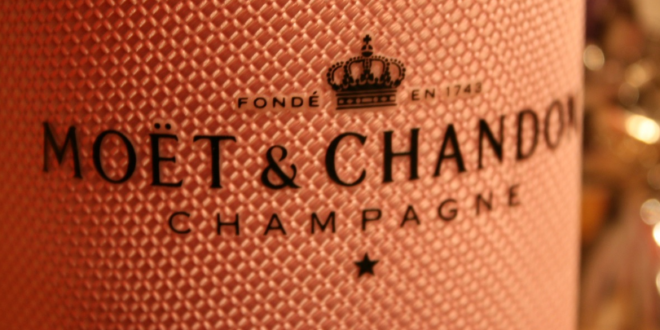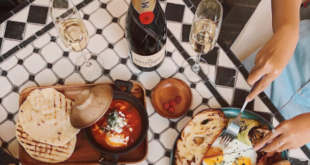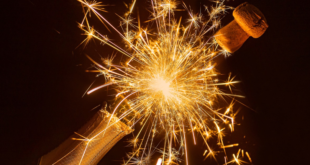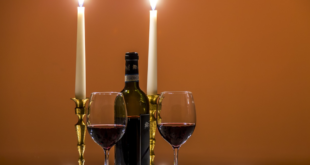Moët & Chandon, synonymous with luxury, elegance, and celebration, stands as one of the most renowned Champagne houses in the world. With a history dating back over two centuries, Moët & Chandon has become an icon of French winemaking craftsmanship and a symbol of prestige and opulence. Let’s raise a glass and delve into the rich and storied history of this illustrious Champagne house.
Founding and Early Years
The story of Moët & Chandon begins in 1743 when Claude Moët, a wine trader from the Champagne region of France, established the House of Moët in Epernay. Recognizing the potential of Champagne as a luxury product, Moët began exporting his wines to markets across Europe, laying the foundation for what would become a global Champagne empire.
In 1792, Claude Moët’s grandson, Jean-Remy Moët, assumed control of the family business and expanded its reach even further. Under Jean-Remy’s leadership, Moët & Chandon became the Champagne of choice for European royalty and aristocracy, solidifying its reputation as a purveyor of exceptional quality and taste.
Napoleon and the Imperial Connection
One of the defining moments in Moët & Chandon’s history came in the early 19th century when the house became associated with Napoleon Bonaparte, the Emperor of France. Legend has it that Napoleon himself declared Moët & Chandon’s Champagne “the Champagne of victory” after his armies celebrated their victories with bottles of Moët’s finest cuvées.
To honor Napoleon’s patronage, Jean-Remy Moët commissioned a special bottling of Champagne known as “Imperial,” which became the flagship cuvée of Moët & Chandon. The term “Imperial” reflected Napoleon’s imperial reign and the prestigious status of Moët & Chandon’s Champagne among the elite of Europe.
Innovation and Excellence
Throughout its history, Moët & Chandon has been at the forefront of innovation and excellence in Champagne production. In the 19th century, the house pioneered the méthode champenoise, a labor-intensive process of secondary fermentation in the bottle that produces the signature effervescence and complexity of Champagne.
Under the guidance of successive generations of the Moët family and talented cellar masters, Moët & Chandon continued to refine its winemaking techniques and expand its vineyard holdings. Today, the house owns over 1,200 hectares of vineyards in the Champagne region, ensuring a consistent supply of high-quality grapes for its wines.
Global Expansion and Modern Era
In the 20th century, Moët & Chandon embarked on a period of global expansion, introducing its Champagne to new markets around the world. From the glitz and glamour of Hollywood to the chic cafes of Paris and the bustling streets of Tokyo, Moët & Chandon’s Champagne became synonymous with luxury and celebration on a global scale.
In 1962, Moët & Chandon formed a strategic alliance with Hennessy, the renowned Cognac producer, to create the world’s largest luxury goods conglomerate, LVMH Moët Hennessy Louis Vuitton. This partnership further solidified Moët & Chandon’s position as a leader in the luxury wine and spirits industry and paved the way for continued growth and success in the modern era.
Legacy of Excellence
Today, Moët & Chandon continues to uphold its legacy of excellence and innovation, producing a wide range of Champagne cuvées that cater to every palate and occasion. From the iconic Imperial Brut to the luxurious Dom Pérignon and the elegant Grand Vintage, each bottle bears the hallmarks of Moët & Chandon’s commitment to quality, craftsmanship, and tradition.
As we raise a glass to toast life’s special moments, let us remember the timeless legacy of Moët & Chandon, a Champagne house that has been synonymous with celebration and luxury for over two centuries. From its humble beginnings in the Champagne region of France to its global prominence today, Moët & Chandon’s story is a testament to the enduring allure of Champagne and the enduring spirit of excellence. Cheers to Moët & Chandon, a true icon of French winemaking!
 Vino-Club For Wine Lovers
Vino-Club For Wine Lovers






